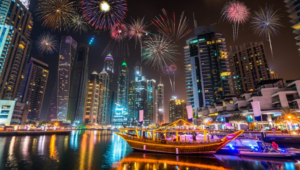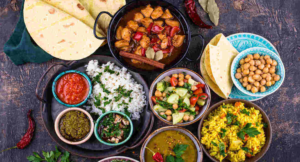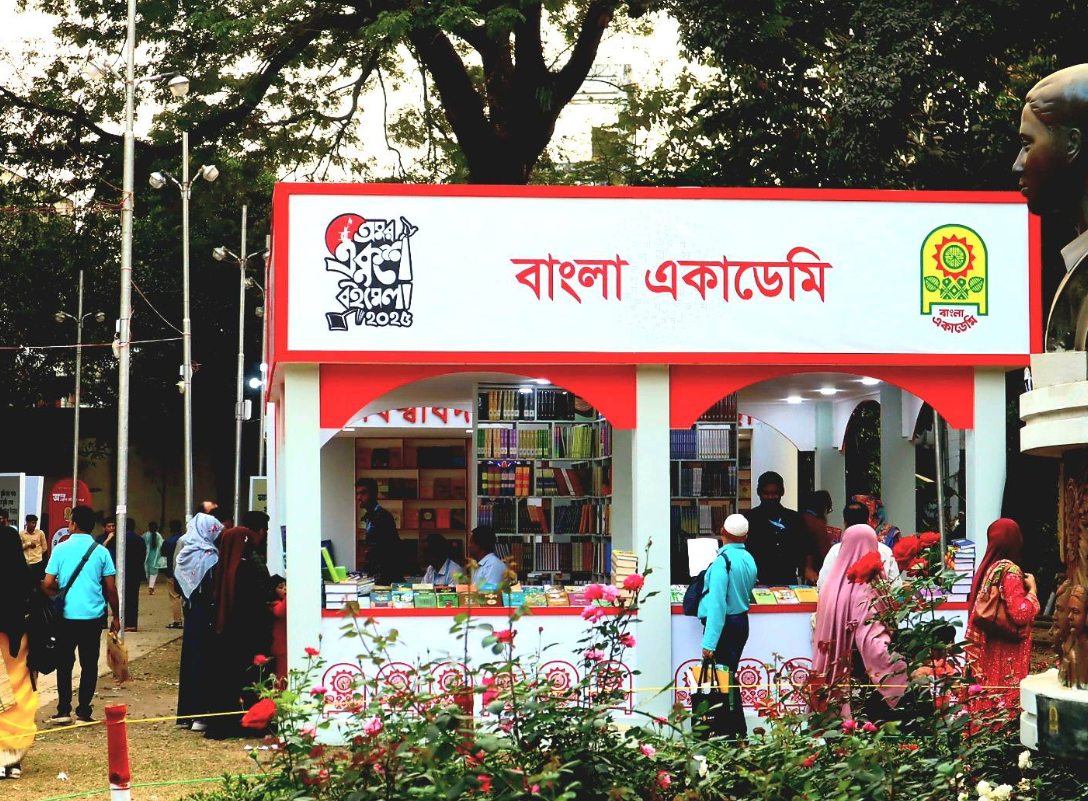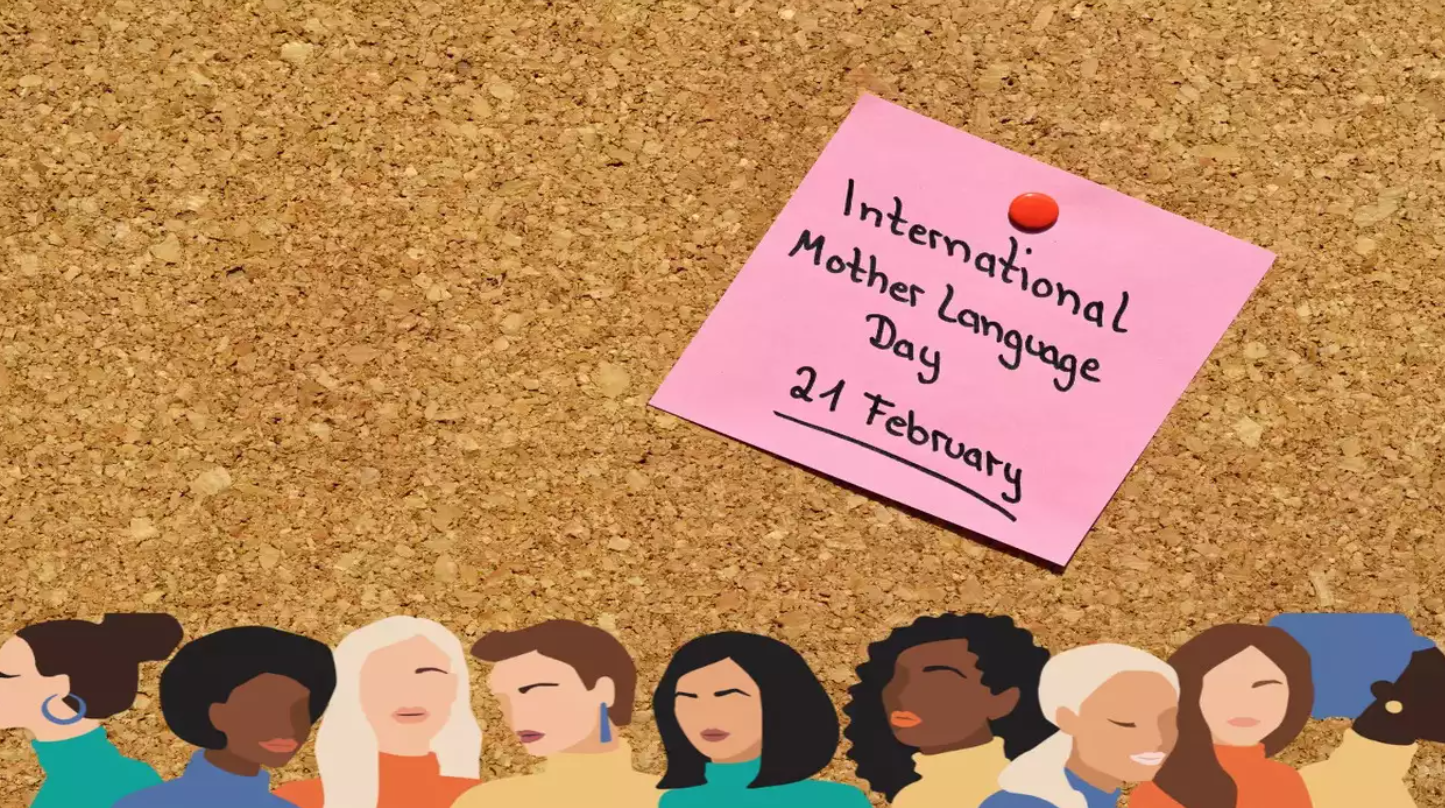Eid al-Fitr, the festival marking the end of Ramadan, is one of the most cherished celebrations in the Muslim world. Though its essence—gratitude, generosity, and community—remains universal, each country adds its unique cultural touch to the festivities. Therefore, let’s take a countrywise journey to explore the traditions and foods of Eid around the world.
Saudi Arabia: The Heart of Eid Traditions
Eid morning begins with grand congregational prayers at mosques and open fields. Meanwhile, the royal families often announce large-scale donations to the poor. Families then gather to feast on traditional dishes like Kabsa (spiced rice with meat) and Luqaimat (sweet dumplings). Additionally, elders give Eidi—money or gifts—to children. Furthermore, fireworks and festivals light up the cities, making it a spectacular affair.
United Arab Emirates: A Modern and Festive Eid

In the UAE, people celebrate Eid with large gatherings, community feasts, and entertainment events. Notably, families enjoy traditional Emirati dishes such as Harees (slow-cooked wheat and meat) and Balaleet (sweet vermicelli with eggs). Moreover, they visit malls and theme parks, and grand fireworks displays brighten the sky.
Bangladesh: A Feast of Flavors and Family Gatherings
Eid preparations start days ahead, as vibrant bazaars sell new clothes, jewelry, and sweets. After the morning prayer, families enjoy a feast featuring Shemai (sweet vermicelli milk pudding), Biryani, Beef Rezala, and Pitha (rice cakes). Meanwhile, elders give Eidi to younger family members, while charity plays a significant role through Zakat-al-Fitr. As a result, streets buzz with excitement, and the celebrations often continue for three days.
India: A Fusion of Traditions and Tastes

In India, families celebrate Eid with large feasts featuring Seviyan (vermicelli pudding), Biryani, Nihari (slow-cooked meat stew), and Shami Kebabs. Similarly, people exchange sweets and visit friends and relatives. Additionally, many distribute food to the less fortunate, emphasizing the festival’s spirit of generosity.
Pakistan: A Grand Eid Celebration with Delicious Dishes

Pakistanis celebrate Eid with feasts, enjoying dishes like Sheer Khurma (sweet vermicelli and milk dessert), Biryani, Nihari, and Chapli Kebabs. Meanwhile, special bazaars open for Eid shopping, and families visit each other, exchanging sweets and gifts.
Indonesia: Home to Grand Festivities and Unique Foods
In Indonesia, people refer to Eid as Hari Raya Aidilfitri. Many return to their hometowns (a tradition called mudik), reuniting with their families. They enjoy special dishes like ketupat (rice cakes wrapped in coconut leaves), opor ayam (chicken in coconut milk), and rendang (spicy beef stew). In addition, open house events invite friends and neighbors, regardless of faith, to share in the festivities.
Malaysia: A Joyous and Flavorful Celebration
Malaysians celebrate Hari Raya by preparing traditional dishes such as lemang (glutinous rice cooked in bamboo), satay (grilled skewered meat), and dodols (sticky toffee-like dessert). Furthermore, families open their homes to guests, emphasizing hospitality and community spirit.
Nigeria: A Blend of Culture and Community (Eid)
Eid in Nigeria, known as Sallah, brings people together through grand feasts with dishes like jollof rice, suya (spicy grilled meat), and masa (fermented rice cakes). Moreover, large communal prayers take place, followed by visits to relatives and friends.
Egypt: Sweet Traditions and Gatherings
Egyptians prepare kahk (sugar-dusted cookies filled with nuts or dates) and visit relatives. Additionally, families enjoy traditional dishes like fatta (layered rice and meat with vinegar sauce) and mahshi (stuffed vegetables). Meanwhile, the streets come alive with celebrations, music, and laughter.
Sudan: A Time for Togetherness and Sweet Delights (Eid)
Sudanese families exchange sweets like Basbousa (semolina cake soaked in syrup) and prepare large meals featuring aseeda (porridge-like dish) and grilled meats. As a result, community gatherings strengthen social bonds.
United States & United Kingdom: A Diverse Celebration
In multicultural societies like the USA, UK, France, and Germany, mosques and community centers host large Eid prayers and celebrations. People enjoy traditional dishes based on their ethnic backgrounds, such as Biryani, Kebabs, and Baklava. Additionally, festivals, charity drives, and interfaith gatherings foster unity. Families prepare festive meals, and children enjoy amusement parks and special Eid events.
Turkey: The Sweetest of Eids
Turkish families celebrate Şeker Bayramı (Sugar Feast) by giving children sweets and money. Meanwhile, people visit cemeteries to honor loved ones, while families enjoy Turkish delights, baklava, and festive meals like kebabs and pide (flatbread with toppings).
A Universal Celebration of Joy
Though Eid al-Fitr varies in cultural expressions, its spirit of gratitude, generosity, and unity remains the same worldwide. Whether through grand feasts, heartfelt prayers, or acts of kindness, this festival brings people together in an unforgettable celebration of joy.
How do you celebrate Eid in your country? Share your experiences in the comments below!




